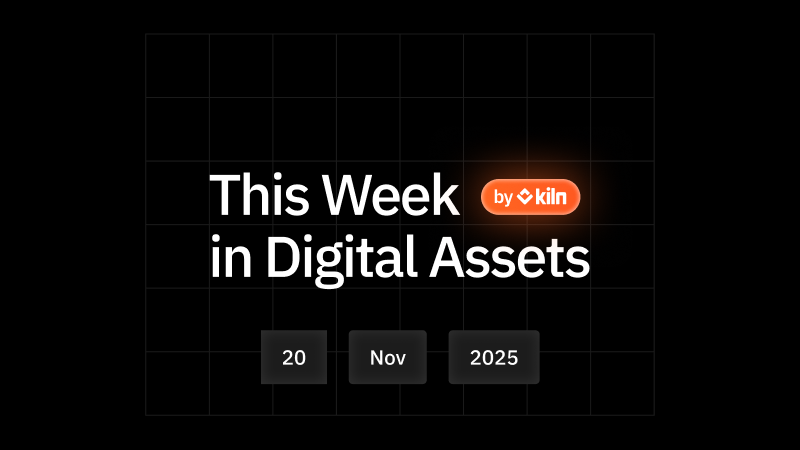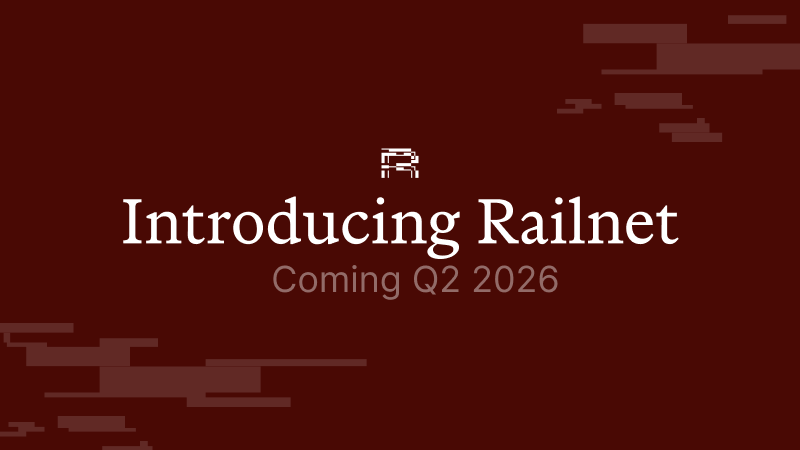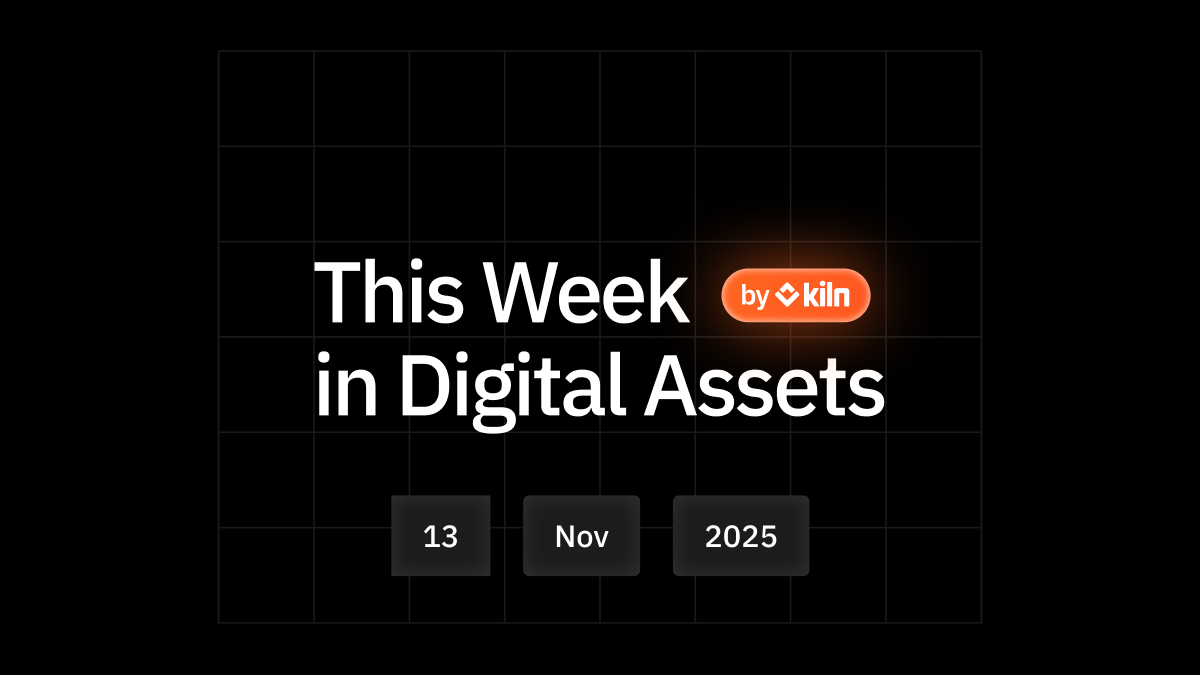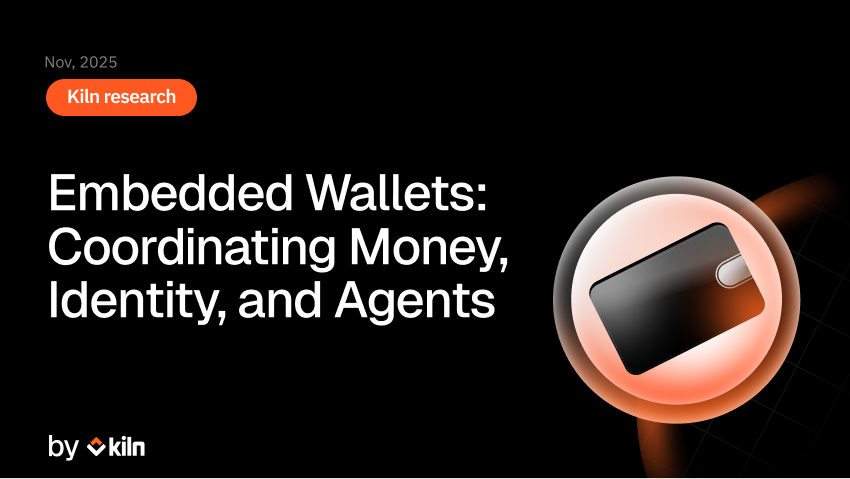Whether you wish to stake treasury directly or to offer staking to your customers, choosing the right staking technology provider and validator infrastructure operator is a key decision.
There are several criteria to consider when finding the right partner to maximize staking rewards while minimizing risks.
There are both qualitative factors which allow one to gauge an operator’s seriousness and expertise in the field, and quantitative factors like , the historical performance which can be analysed.
Let’s dive into them:
Top quantitative indicators
Track record
The existing track record is the first thing to evaluate when considering a staking operator. The volume of staked assets is a first significant indicator, as well as the length of time since staking operations commenced. A too-small or too-young operator may not be battle-tested enough.
If the operator has already experienced slashing events, it is necessary to understand why. Should there have been no such slashings, check for an anti-slashing strategy and upgrade process nonetheless.
In addition, you can view their partner and client list to see how professional, trusted and committed they are.
Validator Effectiveness
Validator effectiveness is a good indicator to deduce the performance of a staking provider as it measures the actual duties of validators (mostly attesting, i.e voting, on new blocks). This is as opposed to the GRR* which can depend on criteria other than the sole node operator performance (such as whether profitable MEV bundles were submitted in the time frame). In theory, if a validator performs its duties perfectly, and never misses an attestation or block proposal, it would indicate 100% effectiveness.
By comparing a node operator’s validator effectiveness to the rest of the network, you can accurately understand its relative performance. If a validator's effectiveness is below the network average, it will likely generate fewer staking rewards when compared to others above it. Maximizing effectiveness will have a very significant impact on the GRR.
Technical diversity & MEV
Staking technology providers are in charge of ensuring the wellness of operations and preventing infrastructural failures. It is possible to decrease infrastructure risks by bringing more diversity and splitting operations across several architecture providers and types (cloud, bare-metal, etc.).
On the software level, using a diverse set of validator clients is also recommended in the case of a client-wide issue. In these cases, the node operator should be able to easily switch from one client to another, minimizing validator downtime and impact on the network and the staking rewards.
At Kiln, we have been working to reach a healthy client diversity by splitting Ethereum validators into several validator clients such as Prysm, Teku and Lighthouse. In the long run, we are aiming to equally balance all validators on three different ones to spread the risks of a client failure and minimize the impact on production and rewards.
Similarly, when enabling Maximum Extractable Value - MEV the more diverse the relayers set, the more opportunities will be available.
Now, let's shift our focus to qualitative aspects that will enable you to assess the commitment of node operators and the business potential of staking.
Top qualitative indicators
Product suite and associated services
Staking integrations can be diverse and offer a range of options. They can vary from manual command-line interface (CLI) deployments to user-friendly interfaces that can be accessed through UIs, programmatically via APIs, and/or smart contracts.
In addition to handling validator deployment and infrastructure management, there are other associated services offered by staking technology providers. These services encompass a complete staking suite, including rewards and reporting APIs, custodian APIs, transaction crafting APIs, liquidity solutions for staking, and on-chain commissioning without the need for rebates.
These products can help speed up the integration time for staking particularly in a whitelabel context, and can improve the experience for end-users.
Support provided
In addition to establishing trust with your chosen partner, it is crucial that they demonstrate a high level of availability and responsiveness to your needs. A dedicated account manager and technical support who can promptly address your inquiries or assist with integration is invaluable.
Access to 24/7/365 support or a dedicated Slack channel further enhances the support structure and should serve as vital criteria during the final selection process. By prioritizing accessibility and effective communication channels, you can ensure a smooth and efficient collaboration with your trusted partner.
Configurability
As we mentioned above, it’s important to look for a provider which can support, and let you choose, the following configurations:
- Which validator clients to run
- Where to run them (cloud platform, region)
- Which MEV relayers (if any) to connect to for your validators
Security & Coverage
Audits
Because of their permissionless nature, once smart contracts are live, anyone can interact with them. Errors in a smart contract can result in a permanent loss of funds. Smart contract audits protect from potential mistakes before launching on the mainnet, solving bugs, and preventing potential losses.
If you’ve opted for an on-chain staking product such as Kiln On-Chain, then it is a requirement to ensure smart contracts have been audited.As an example, Kiln smart contracts are audited by Halborn, Spearbit, and Ledger Donjon.
Certifications
Collaborating with a certified provider offers the assurance of adhering to the most stringent information security and customer data protection standards throughout the entire range of services.
There are various certifications available in the market, such as SOC 2 or ISO, that serve the purpose of providing assurance to customers and stakeholders regarding the implementation of effective controls by a service organization. These certifications ensure the correct implementation and protection of security, availability, processing integrity, confidentiality, and privacy of systems and data. By obtaining these certifications, organizations demonstrate their commitment to maintaining high standards of data protection and security.
Anti-slashing strategy and management of upgrades at scale
Slashing is the main risk of staking. In order to prevent any loss of funds, it is mandatory to establish and enforce a very strong and multi-layered anti-slashing strategy. At Kiln, we have developed a 4-layer anti-slashing system vetted by the Ethereum Foundation.
Ethereum consensus and execution layers are in constant evolution and regularly go through updates. When upgrading hundreds, if not thousands, of validators on the mainnet, it is critical to have a policy to ensure all components interact as they should to prevent any issues and/or loss of assets.
Slashing coverage
When managing significant staking positions, covering staked funds against losses (slashing, network/client bugs or other events) is an important part of the risk management strategy. While covering staked assets with a balance sheet as collateral is possible for a node operator, it doesn’t work at scale.
Thanks to externally regulated insurance partners such as Chainproof or Nexus Mutual,potential loss events can be mitigated and institutional customers can benefit from tailored coverage plans.
Non-custodial
The most important security feature is of course that the staking provider remains non-custodial, meaning it does not receive any user funds, but only the rights to validate transactions (with a validator key, but not the withdrawal key to your funds).
SLAs & Revenue sharing
In addition to slashing coverages, other guarantees can come with a staking Service-Level Agreement, such as a reward rate threshold. Below this threshold, the staking technology provider will top-up the missing rewards with their own balance sheet. This works as an incentive for the provider to perform as best as possible, as node operators’ revenues are based on staking reward commissions. Kiln guarantees 99% uptime. If we fall below this rate, we will top up our customers.
Besides SLAs, another important criterion to consider is revenue sharing. A staking offering needs to offer competitive rates to be attractive. Unfair provider pricing and revenue sharing can lower the end users' GRR and kill the offering's competitiveness.
Conclusion
Choosing the right staking technology provider from a multitude of options can indeed be a daunting task. To simplify this decision-making process, it is vital to evaluate both quantitative and qualitative criteria.
Quantitatively, factors such as track record, technical diversity, and validator effectiveness provide valuable insights. On the qualitative front, assessing the provider's suite of products, security measures, and service level agreements (SLAs) helps gauge their capabilities. By considering these comprehensive indicators, you can make an informed decision and select the staking technology provider that best aligns with your specific needs and requirements.
At Kiln, we have established ourselves as a trusted partner within the staking ecosystem. With over $2.2 billion worth in programmatically staked crypto assets and a client base of 30+ reputable customers including MetaMask Institutional, Ledger, and Fireblocks, we have garnered recognition as a leading player in the industry. Operating over 22,000 Ethereum validators as a long-term operator, and on 25+ additional protocols, we bring a wealth of experience and expertise to the table.
Our approach to monitoring Ethereum at scale and implementing anti-slashing strategies has received endorsement from the Ethereum Foundation and is widely followed in the industry. Additionally, our innovative staking products, such as the Kiln On-chain product suite for automated Ethereum staking and our role as the founding technology provider for the first institutional liquid staking standard, Liquid Collective, showcases our commitment to driving advancements in the Ethereum staking industry.
Experience firsthand why Kiln stands out as the best staking technology provider for Ethereum. Sign up for a free demo today and discover how effortless it is to build and stake with Kiln.
* GRR stands for Gross Reward Rate, a term commonly used in staking. It represents the total rewards earned by staking participants before any fees or deductions are taken into account.
About Kiln
Kiln is the leading staking and digital asset rewards management platform, enabling institutional customers to earn rewards on their digital assets, or to whitelabel earning functionality into their products. Kiln runs validators on all major PoS blockchains, with over $11 billion in crypto assets being programmatically staked and running over 5% of the Ethereum network on a multi-client, multi-cloud, and multi-region infrastructure. Kiln also provides a validator-agnostic suite of products for fully automated deployment of validators and reporting and commission management, enabling custodians, wallets, and exchanges to streamline staking or DeFi operations across providers. Kiln is SOC2 Type 2 certified.


















